When the exception proves the rule.
Recently while reading a blog about branding, the University of South Florida’s brand mark - Rocky the Bull, caught my attention.
My thoughts were - that they did a good job. This was unusual for me because their solution was complicated. I generally contend that the simpler the visual message the easier and more quickly it is for us to see and imprint.
Rocky the Bull's icon was first trademarked in 1974 and re-designed in 1986. Today's Rocky was revealed in 2003. Given it’s creative history, we can see that my contention has been followed, but it’s most updated solution still has some tiny linear jogs therefore complexities, but are they necessary?
Take a close look at the red circled areas below and you will see what I mean.
For the purposes of this conversation - I will take the liberty of referencing ‘the symbolic brand mark’ as all of the following - logos, icons, brand marks.
You can design an icon with detail, as long as it translates well across the media in which it will appear.
For example - when you see the Adidas & Nike logos (which we are all familiar with), they are simple because they need to be. They are required to translate well onto tiny little tags, embroidered onto shoes and clothing easily, amongst a multitude of other applications.
Recall the Starbucks logo/icon. It is quite complex by comparison. But its main application will be packaging, signage and the web.
The people who create these designs think about the environment in which the brand mark will appear and test the designs at different scales, on different materials, etc.
Complex brand marks are great, if you are a good designer. The reason people say minimalism is better is because many of the complex solutions we see are created by novices, people who aren’t skilled enough to create good intricate design solutions.
Most brands have ‘small use’ logos, and their icons are variations on the main logo/icon. They are only intended to be used in fewer circumstances. Therefore it is better, more successful, to design with simplicity in mind.
I think the ability to scale and to be quickly recognized, are 2 of the most important things to consider when creating a brand mark ….. and the easiest way to achieve those things, is to make a simple solution.
These days, your logo needs to be recognizable on a phone browser, and that is probably about a 10-20mm. Depending on the brand, it could also need to be scaled up to print on billboards, packaging, exhibit banners, clothing, websites …
With complex icons it’s not very easy to accomplish those things. Complex logo’s like those of universities, tend to lose a lot of detail when they appear in an app icon. So when today’s brand designers try to come up with a solution for it, they should use simplification. It is what works best most consistently.
If a company does use a complex logo, they probably also have a “small” version with less detail (or they should). This way they can solve for that 10-20mm positioning such as for social media icons etc. It works!
— the brand auditor —




